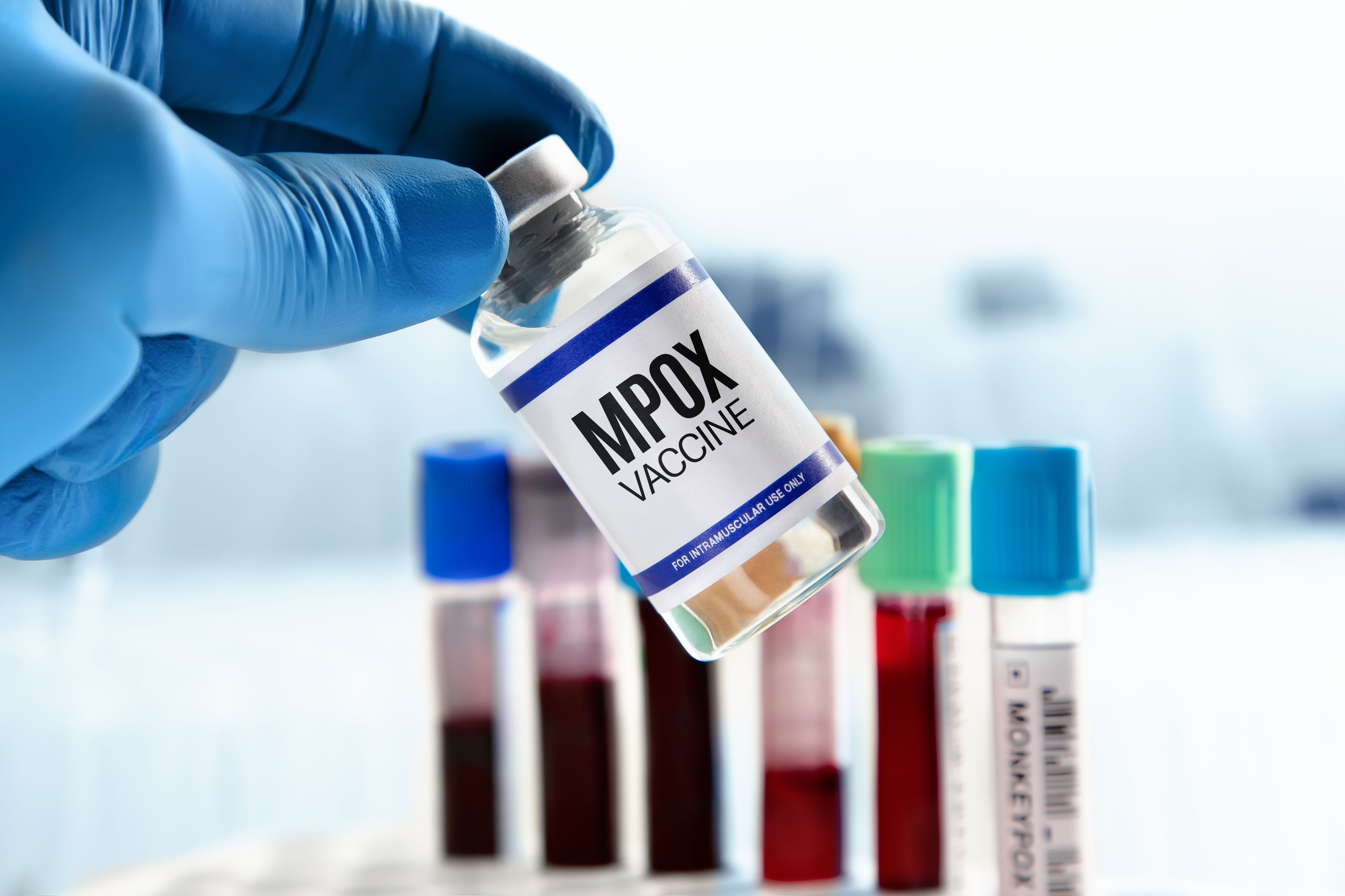Testing, Vaccination, Contact Tracing Targets Needed to Contain Mpox in the US
Rapidly distributing vaccines to at least 1/3 of at-risk populations, in addition to increasing tasting and contact tracing, may adequately stop the spread of mpox.

As of this week, the Centers for Disease Control and Prevention (CDC) estimates there have been 30061 confirmed mpox infections in the US.
Mpox, formerly called monkeypox, is a zoonotic Orthopoxvirus. The smallpox relative causes a blister-like rash that can be itchy and painful. Mpox is spread primarily through skin-to-skin contact, or through the bodily fluids of an infected person.
In May 2022, the virus infiltrated hundreds of nonendemic countries around the world, including the US. Though vigilant contract tracing and deploying smallpox vaccine have helped mitigate the spread, mpox continues to circulate, primarily among men who have sex with men (MSM).
New research, published in JAMA, calculated the target levels of testing, contact tracing, and vaccination that are required to reduce the effective reproduction number (Rt) of mpox to less than 1 for high-risk MSM.
The investigators utilized a deterministic branching model to estimate the transmission of mpox among MSM communities. Infected persons were identified using the community detection rate, and depended on whether their source case completed contact tracing.
The researchers assumed community detection of an mpox infection reduced secondary infections by 50%. Identifying a case early via contact tracing reduced secondary infections by 90%. All confirmed cases had the same probability of being contact traced.
Even without vaccinations, testing and contact tracing have the potential to reduce Rt to less than 1 among MSM. This is only possible if the basic reproduction number (R0) is less than 1.4, at least 40% of cases are detected with regular community testing, and at least 50% of contacts are traced.
With a moderate response, which the investigators defined as ≥20% community detection and ≥25% of infections contact traced, the critical vaccination threshold ranges from 5-43% (R0 = 1.2-2.0). In this moderate response scenario, 170000-1.4 million full doses of vaccine would need to be administered to 85000-731000 of the 1.7 million MSM eligible for preexposure prophylaxis.
Notably, the critical threshold to vaccinate did not account for assumptions about the fraction of secondary cases detected with contact tracing. However, it was sensitive to assumptions about vaccine efficacy and the correlation between self-isolation and secondary infection. As the association between self-isolation and secondary infections decreased, the critical threshold to vaccinate increased.
After this simulation, the investigators conclusively stated that the critical threshold to vaccinate depends upon the basic reproduction number of mpox, as well as on public health measures. Rapidly distributing vaccines to at least a third of the at-risk MSM population (≥1.1 million vaccine doses), in addition to increasing testing and contact tracing, led to adequate containment in most models.
Behavioral changes, such as limiting intimate physical contacts, are also critical to support mpox containment, but do not eliminate the need for vaccination. The investigators believe their analysis can serve as a framework for quantitative targets needed to contain mpox.


















